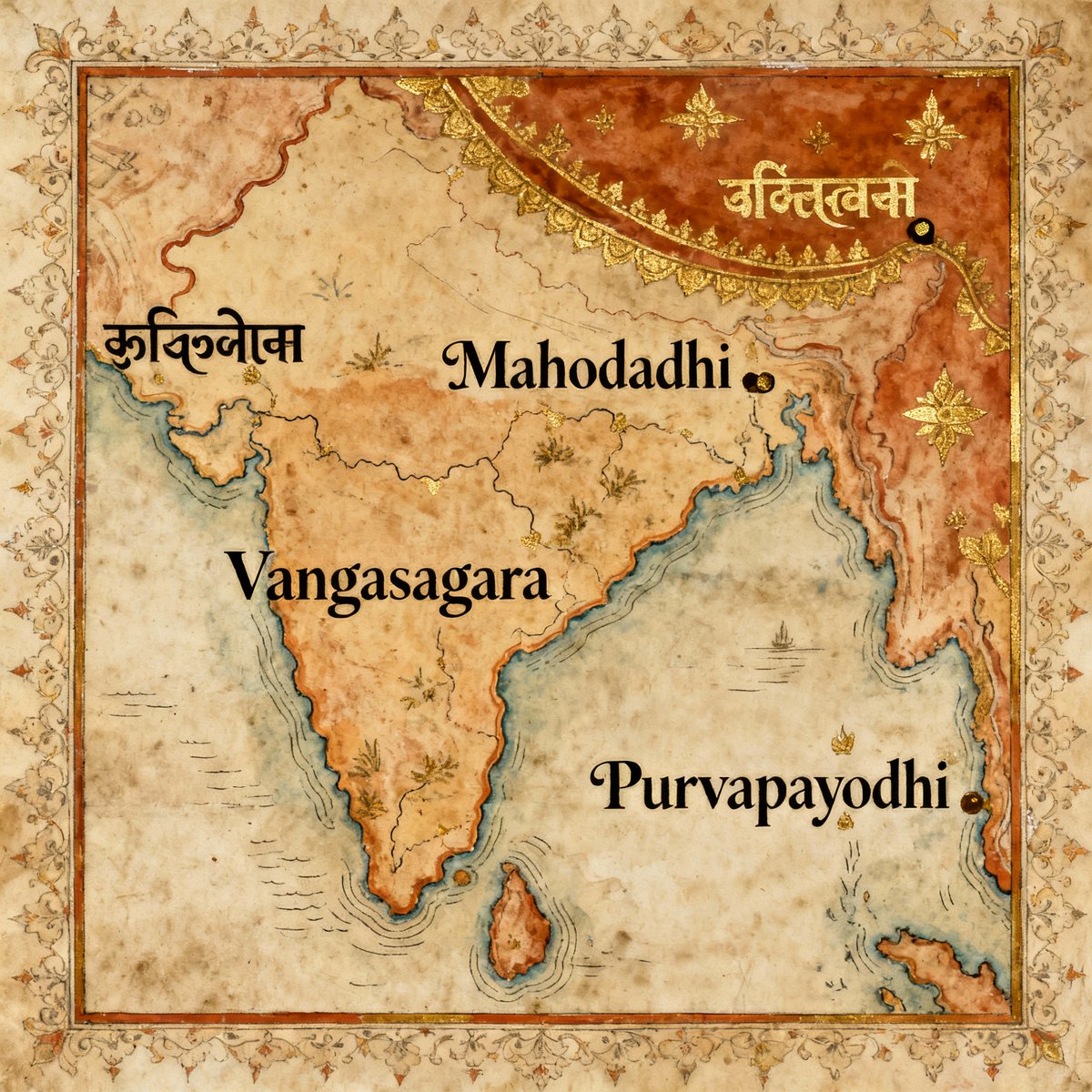
Uncovering India's hidden ancient gems | AI restorations | Decolonising history, temples & heritage | #UncropTheTruth #GemsOfASI | Threads on lost glory
12 subscribers
How to get URL link on X (Twitter) App

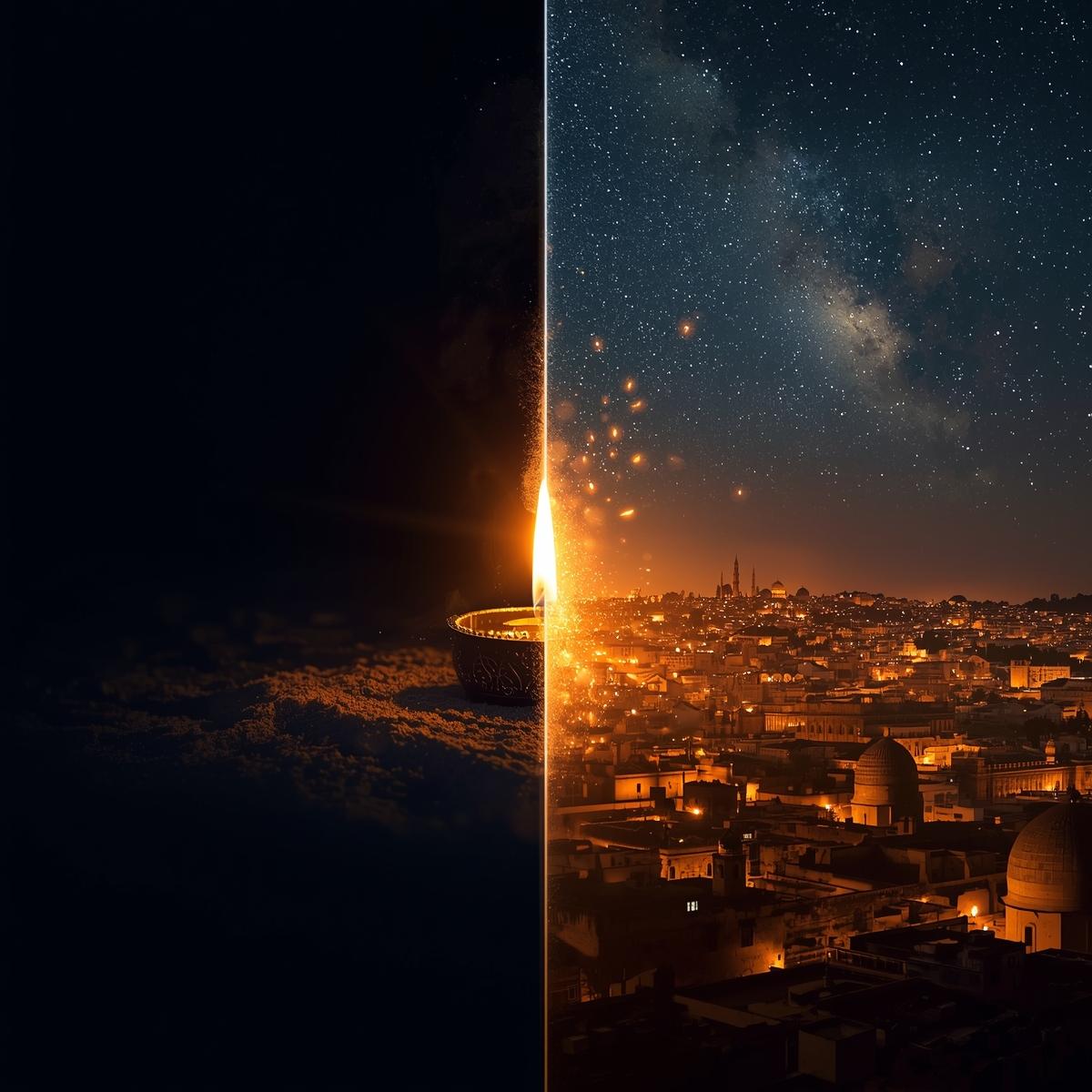
 2/ Rome, 217 BCE: Saturnalia begins Dec 17.
2/ Rome, 217 BCE: Saturnalia begins Dec 17.




 @narendramodi @PMOIndia @mygovindia @TVMohandasPai @CPCB_OFFICIAL @PIB_India @moefcc 1/
@narendramodi @PMOIndia @mygovindia @TVMohandasPai @CPCB_OFFICIAL @PIB_India @moefcc 1/


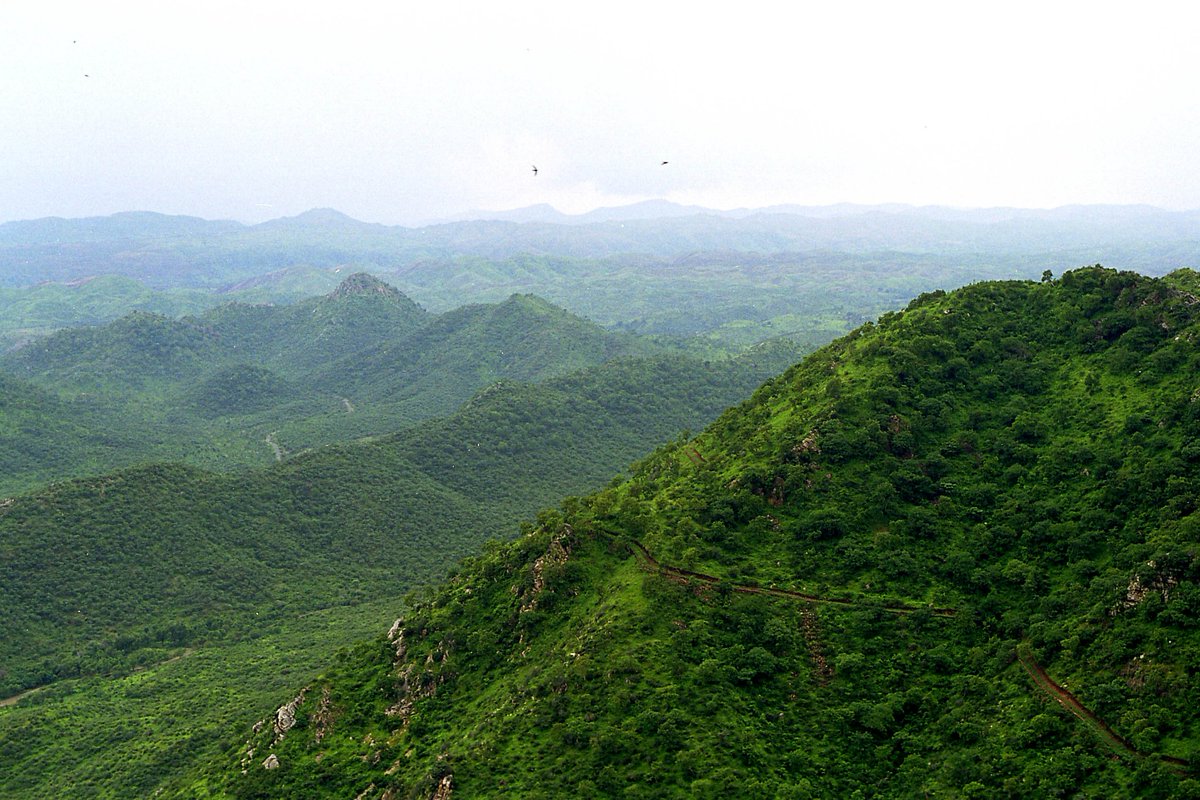

 2/
2/

 2/9
2/9

 2/
2/

 🛕 Built by 𝐉𝐮𝐧𝐠𝐚 𝐍𝐚𝐲𝐚𝐤𝐚 (1520s–30s), this was a Vijayanagara frontier fort controlling movement between AP & Karnataka. Colonial historians later downgraded it as "minor". Minor? A 2,700-ft citadel controlling two regions. But the empire narrative couldn't accommodate decentralised power. So it became "minor".
🛕 Built by 𝐉𝐮𝐧𝐠𝐚 𝐍𝐚𝐲𝐚𝐤𝐚 (1520s–30s), this was a Vijayanagara frontier fort controlling movement between AP & Karnataka. Colonial historians later downgraded it as "minor". Minor? A 2,700-ft citadel controlling two regions. But the empire narrative couldn't accommodate decentralised power. So it became "minor".
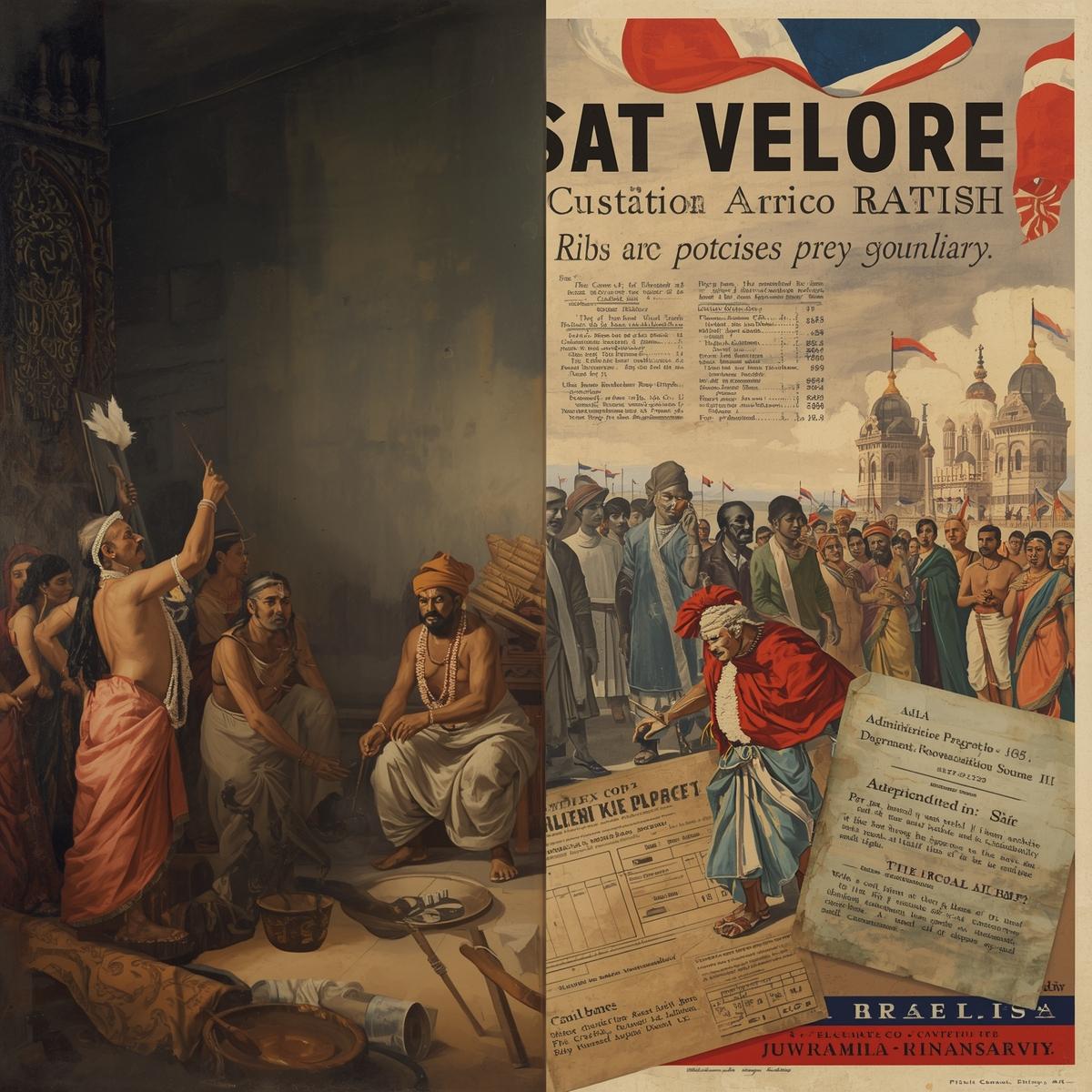
 2/ From 1900 BCE to 1900 CE—2,500 years—historians found fewer than 500 verified Sati incidents.
2/ From 1900 BCE to 1900 CE—2,500 years—historians found fewer than 500 verified Sati incidents.

 @narendramodi @PMOIndia @mygovindia @sanjeevsanyal @IndicMeenakshi 2️⃣ The Harappan civilization used the angula—a finger-width of exactly 1.763 cm.
@narendramodi @PMOIndia @mygovindia @sanjeevsanyal @IndicMeenakshi 2️⃣ The Harappan civilization used the angula—a finger-width of exactly 1.763 cm.

 1/ Ajamila started pure. Born into a respectable Brahmin family, mastered the Vedas, lived virtuously with his devoted wife.
1/ Ajamila started pure. Born into a respectable Brahmin family, mastered the Vedas, lived virtuously with his devoted wife.

 1) The damage — Quantified
1) The damage — Quantified
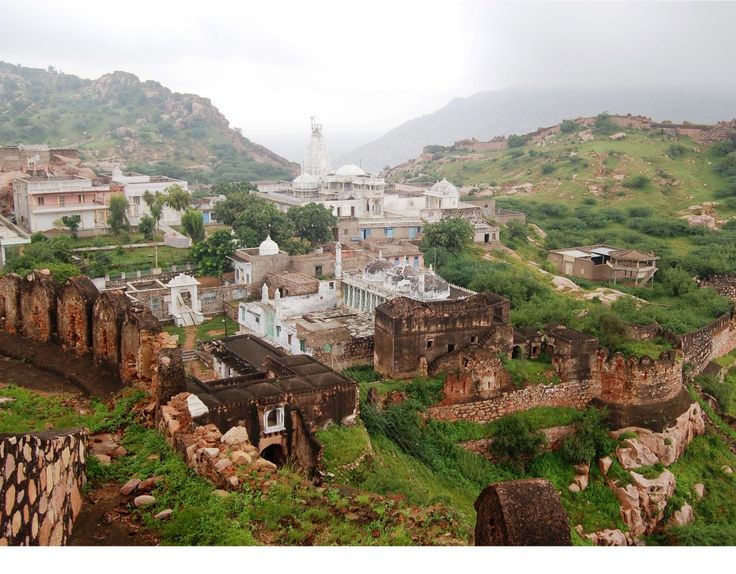
 @UNESCO @narendramodi @PMOIndia @gssjodhpur @ASIGoI @MinOfCultureGoI 2/9
@UNESCO @narendramodi @PMOIndia @gssjodhpur @ASIGoI @MinOfCultureGoI 2/9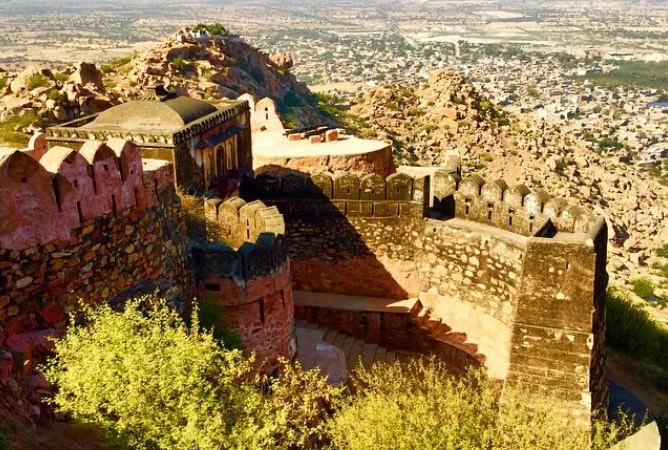
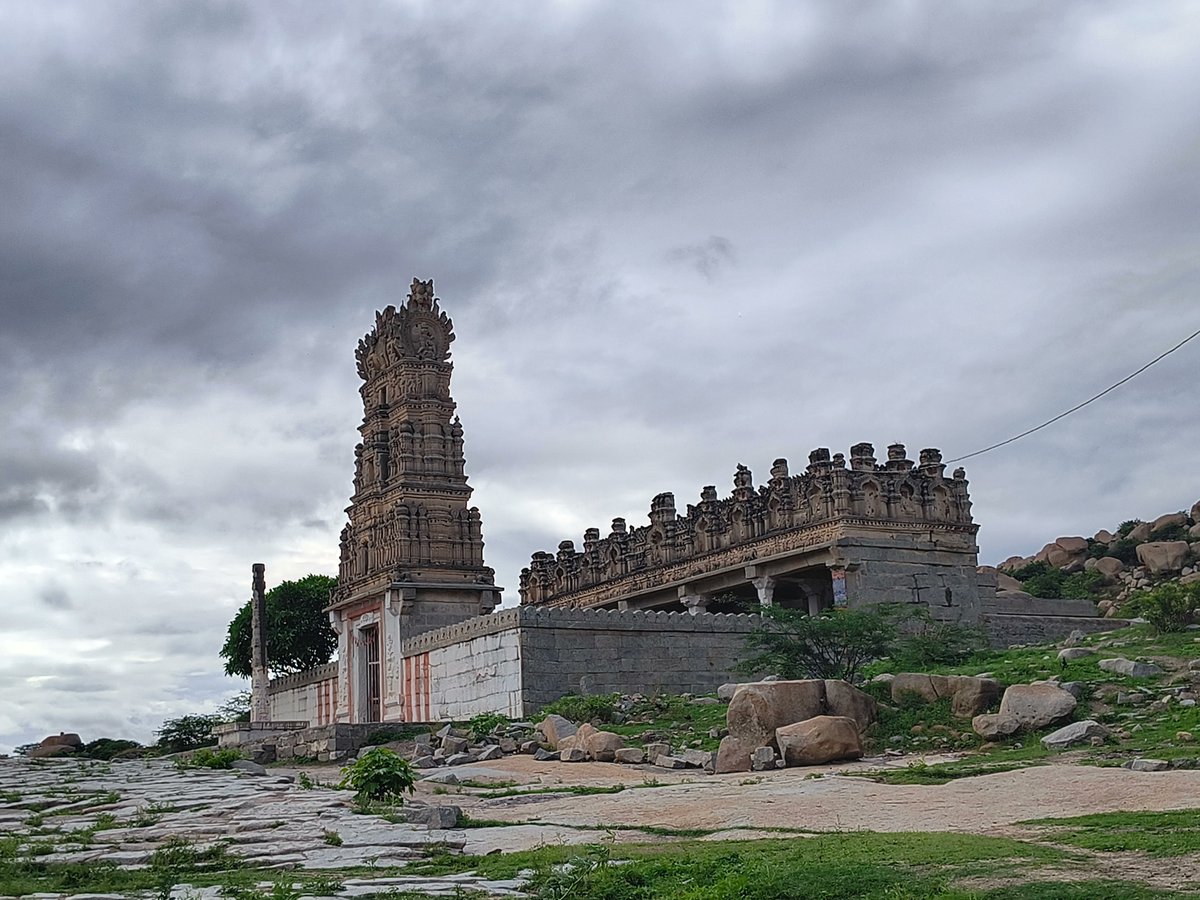
 2️⃣ Built by Junga Nayaka under Vijayanagara rule, but the site's earlier story is messier.
2️⃣ Built by Junga Nayaka under Vijayanagara rule, but the site's earlier story is messier.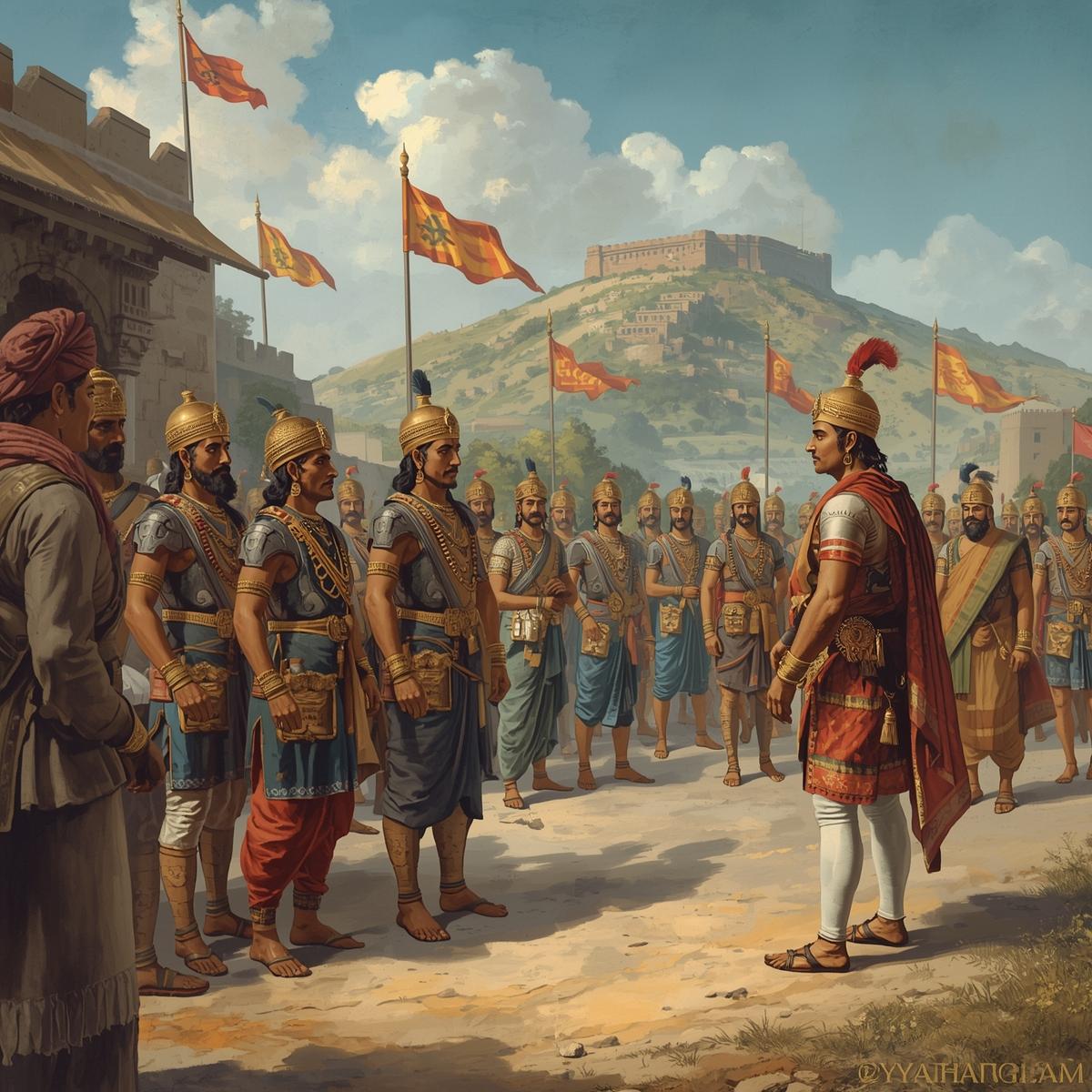
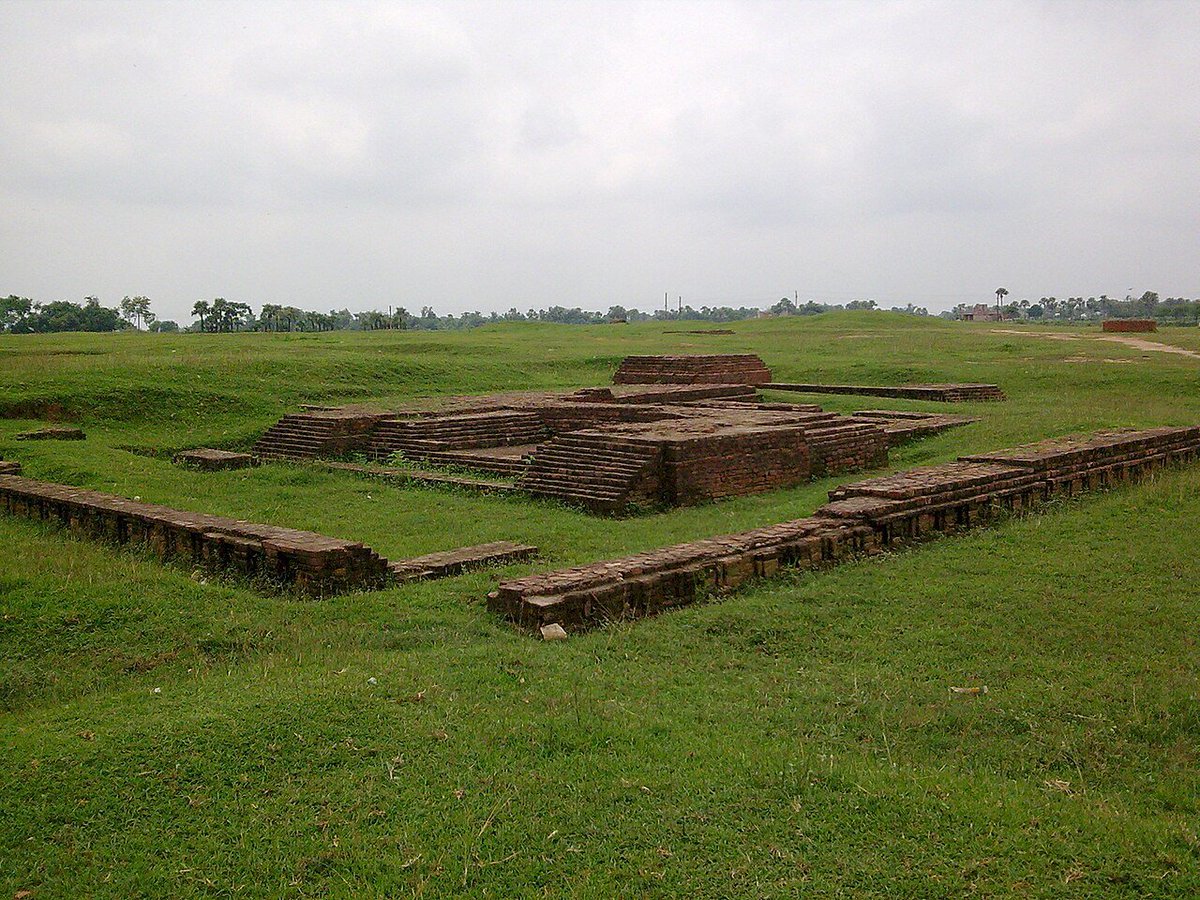
 2️⃣ Hiuen Tsang described Rakta Mrittika Mahavihar as having 'red brick walls' with over 1,000 monks studying here in the 7th century. A major Buddhist learning center in Eastern India, predating Nalanda's peak fame.
2️⃣ Hiuen Tsang described Rakta Mrittika Mahavihar as having 'red brick walls' with over 1,000 monks studying here in the 7th century. A major Buddhist learning center in Eastern India, predating Nalanda's peak fame.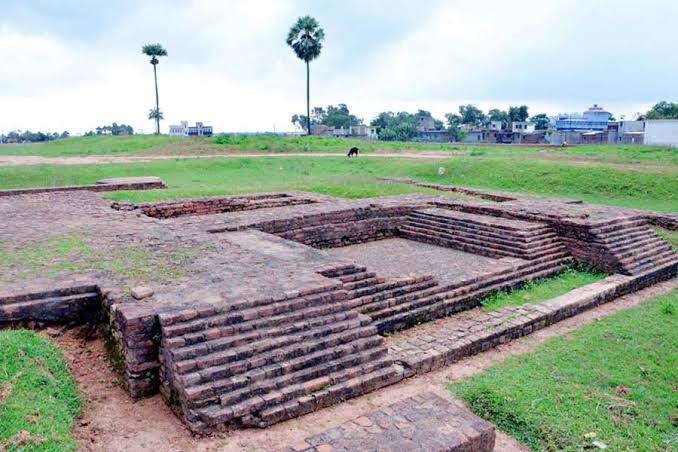
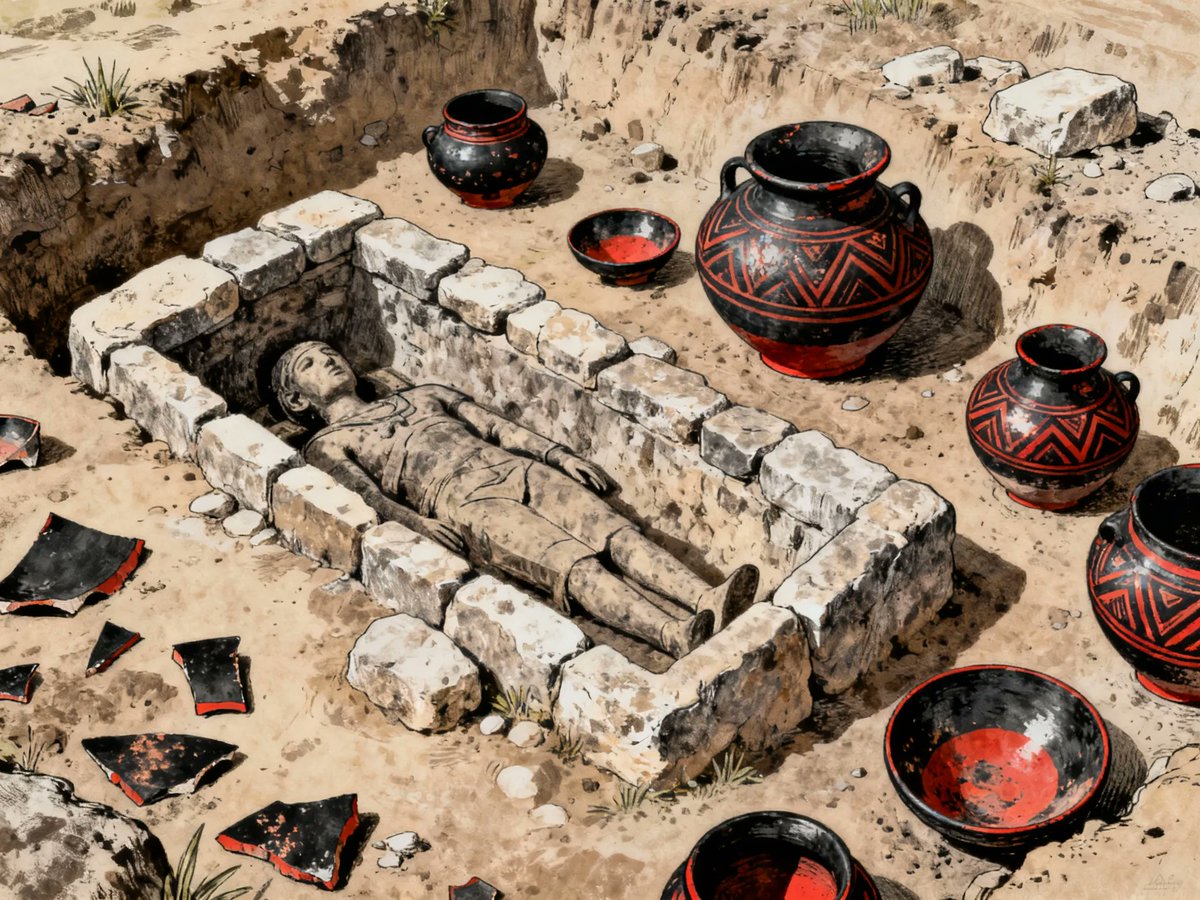
 2/ This wasn't just dirt. A 3,000-year-old cemetery fused with a fortified temple, etched stepwell boasting fish, turtles, scorpions. Hoysala pillars, Vijayanagara scripts, a bicentennial Hanuman shrine, and a peepal tree clinging to granite like ancient defiance. But highways wait for no history. 🛣️🕳️🗿
2/ This wasn't just dirt. A 3,000-year-old cemetery fused with a fortified temple, etched stepwell boasting fish, turtles, scorpions. Hoysala pillars, Vijayanagara scripts, a bicentennial Hanuman shrine, and a peepal tree clinging to granite like ancient defiance. But highways wait for no history. 🛣️🕳️🗿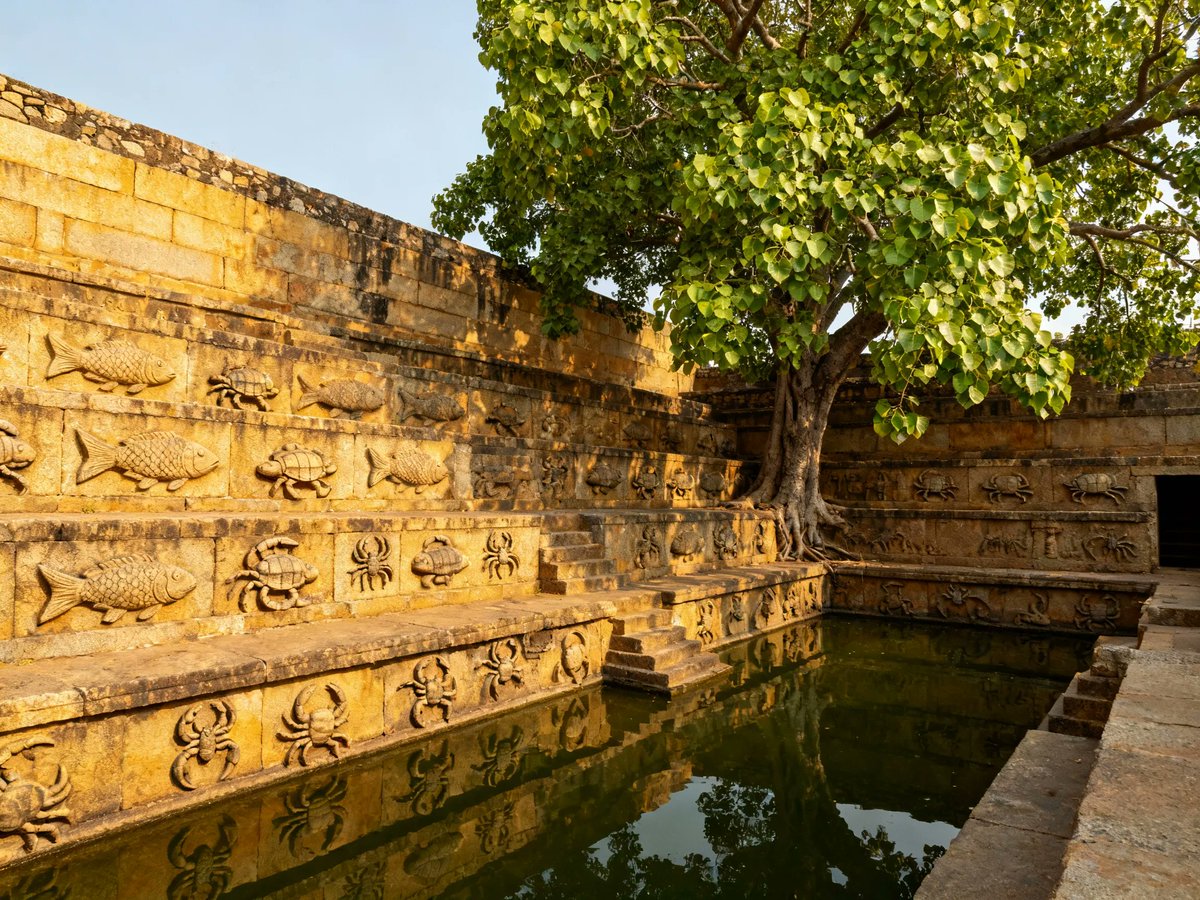

 1️⃣ The Green Revolution in Punjab & Haryana: A Double-Edged Sword
1️⃣ The Green Revolution in Punjab & Haryana: A Double-Edged Sword
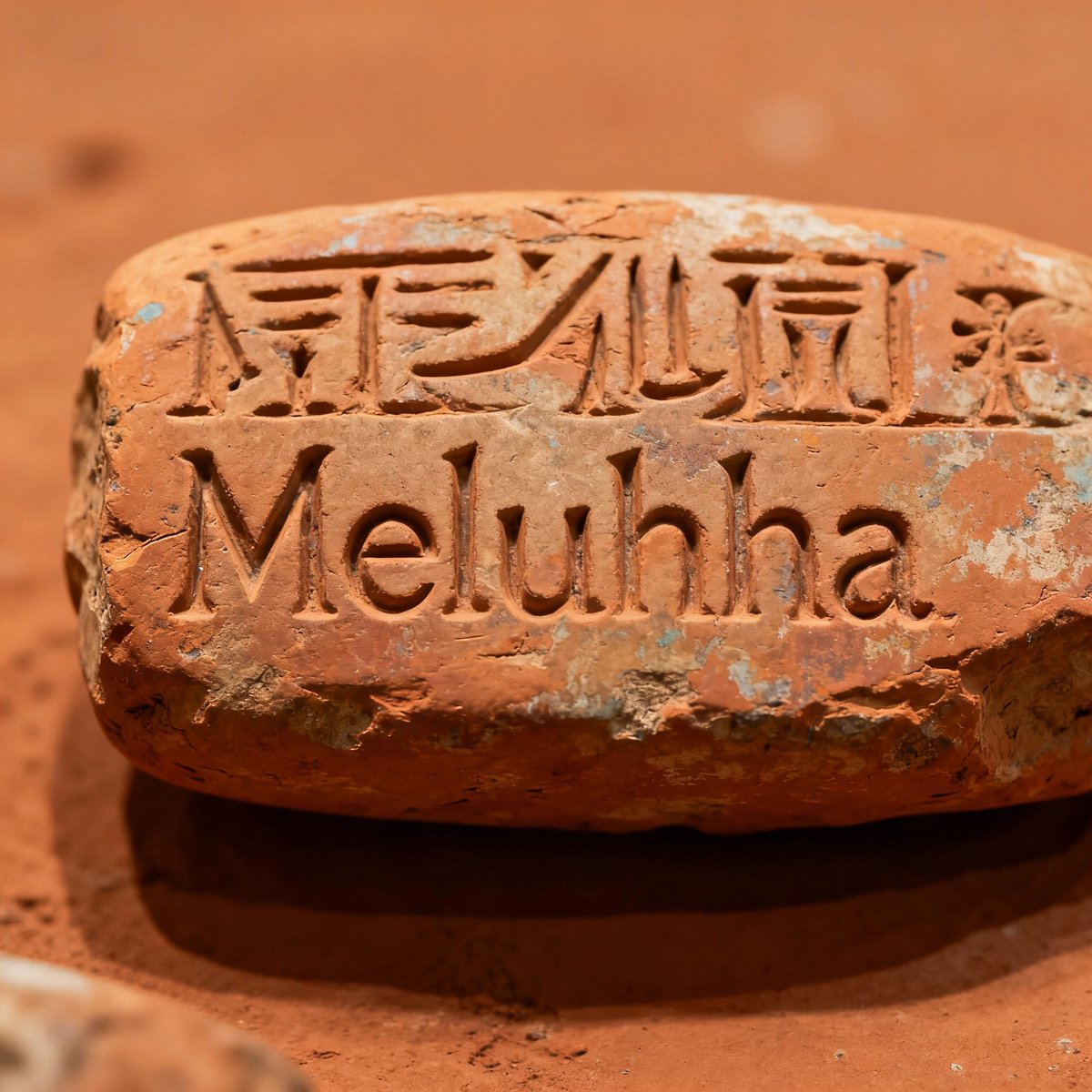

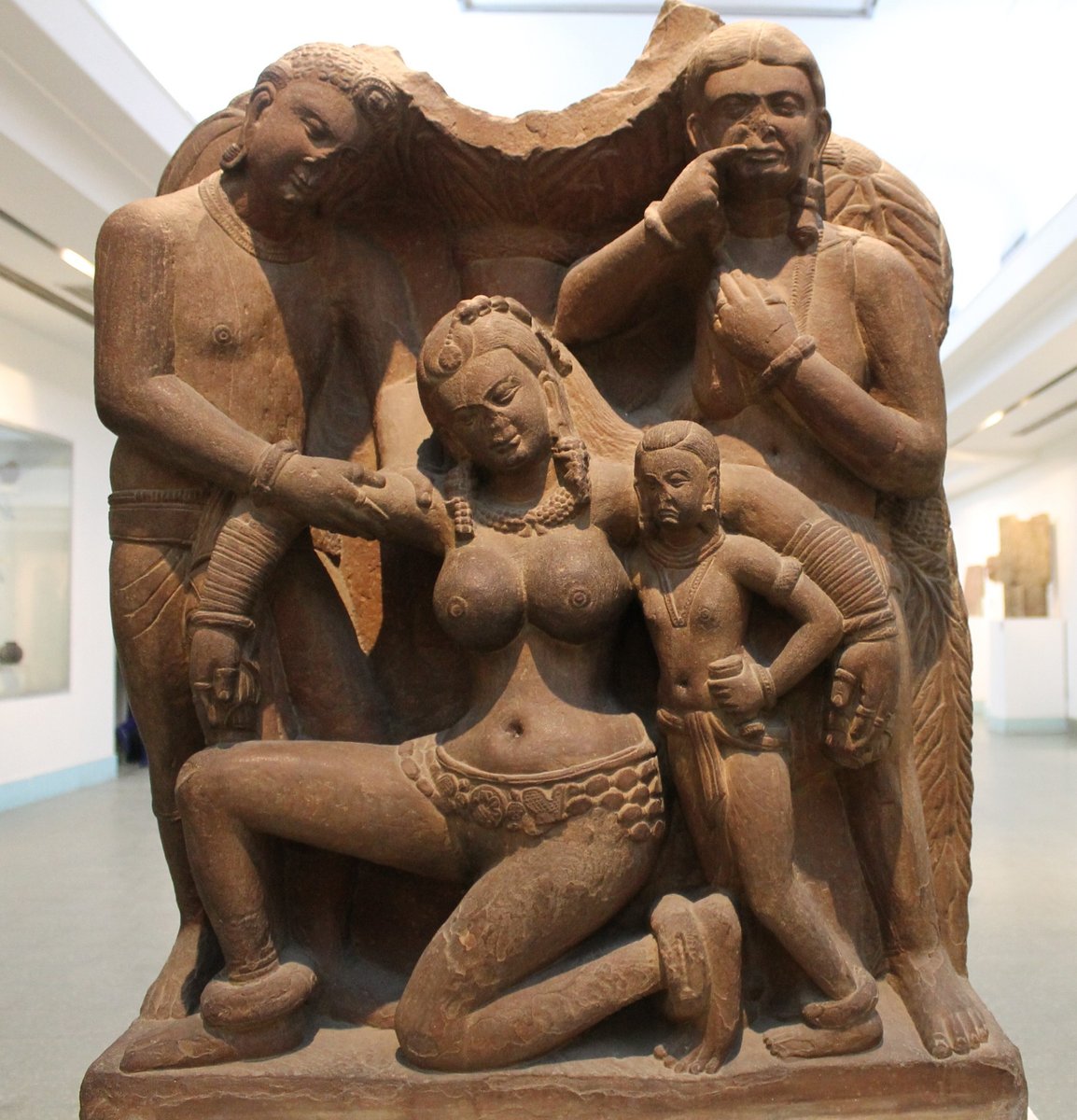
 2/ Located in Ujjayini, “Mrichchhakatika” focuses not on deities or royalty, but on everyday individuals—an altruistic yet impoverished Brahmin named Charudatta, an astute courtesan called Vasantsena, as well as ambitious politicians and street scoundrels.
2/ Located in Ujjayini, “Mrichchhakatika” focuses not on deities or royalty, but on everyday individuals—an altruistic yet impoverished Brahmin named Charudatta, an astute courtesan called Vasantsena, as well as ambitious politicians and street scoundrels. 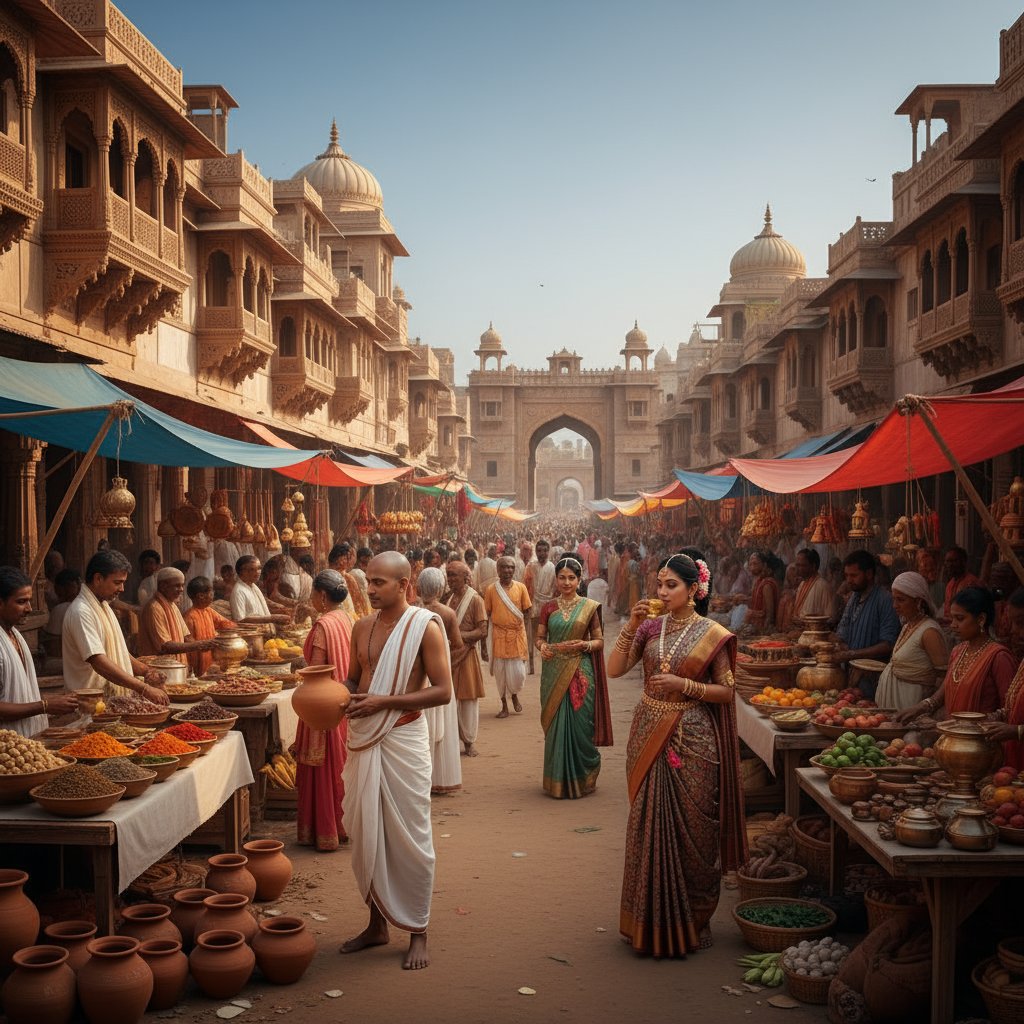
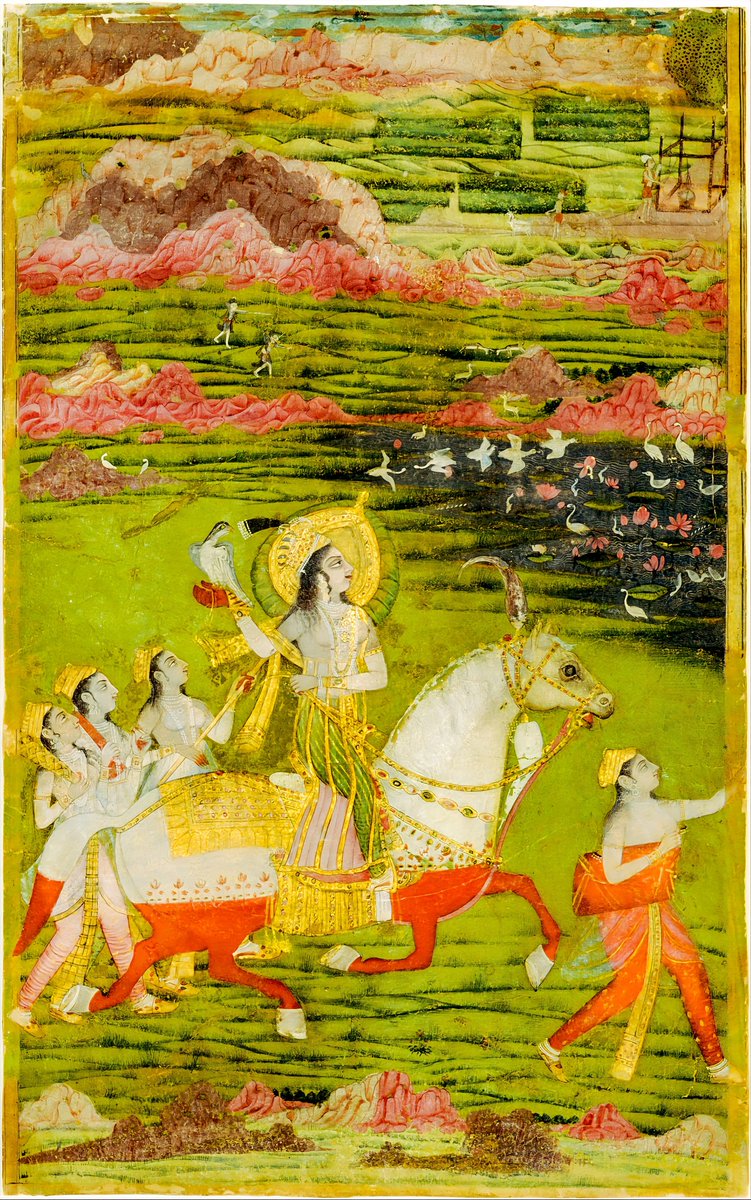
 2/ Raised in royal grandeur, the daughter of Hussain Nizam Shah I excelled in a diverse array of languages like Arabic, Persian, Turkish, Marathi, and Kannada. Her talents extended to the sitar, painting, and even the game of polo—skills that were exceptional for women of her stature during that era. #GemsOfIndology
2/ Raised in royal grandeur, the daughter of Hussain Nizam Shah I excelled in a diverse array of languages like Arabic, Persian, Turkish, Marathi, and Kannada. Her talents extended to the sitar, painting, and even the game of polo—skills that were exceptional for women of her stature during that era. #GemsOfIndology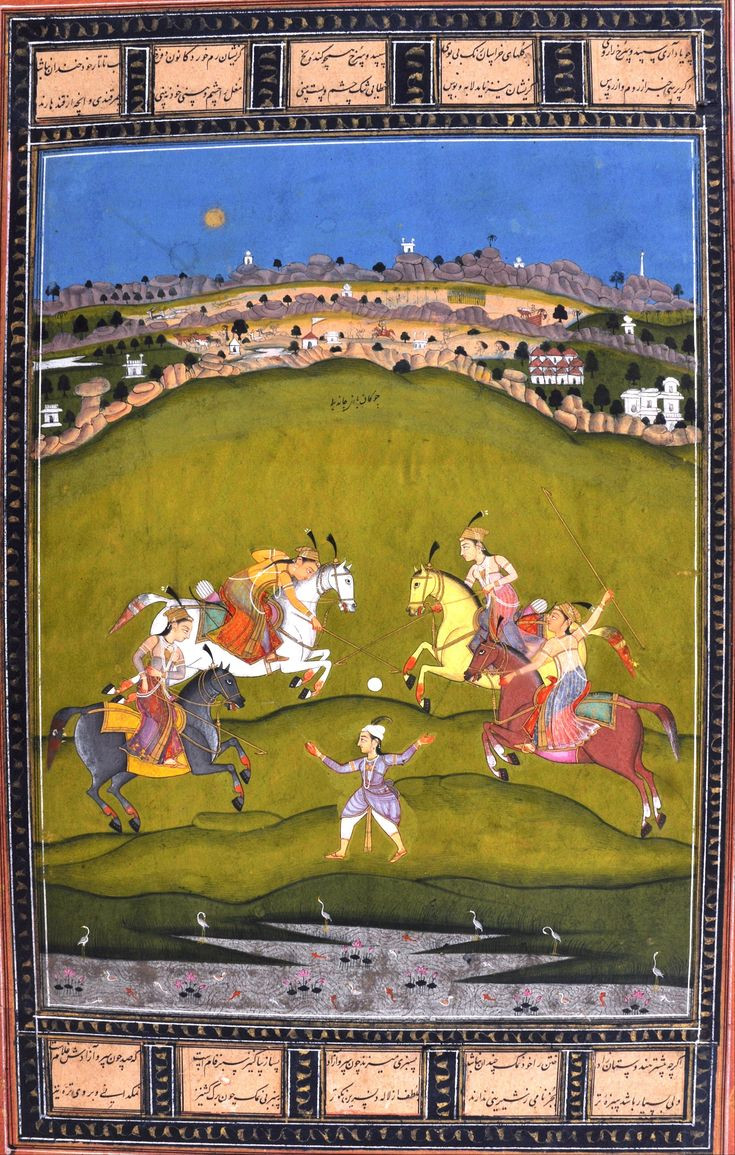
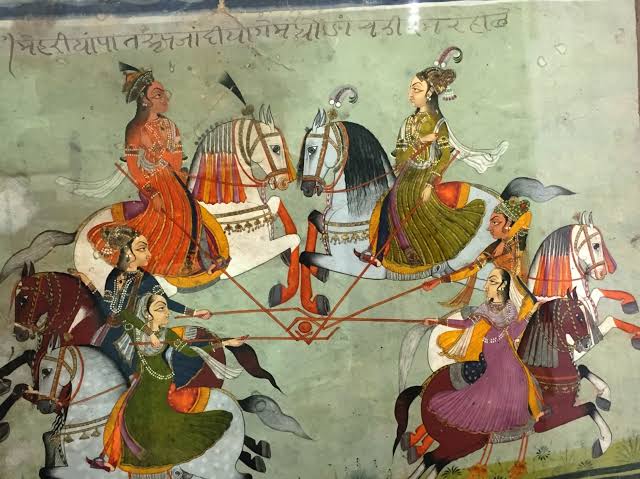
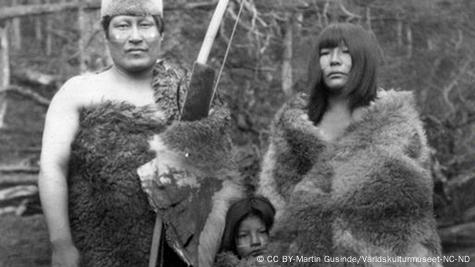
 2️⃣ In 1520, Portuguese navigator Ferdinand Magellan, sailing for Spain, first saw Tierra del Fuego, naming it the "Land of Fire" due to numerous coastal fires lit by Indigenous peoples. Among them were the Selk'nam, also known as Ona or Onawo, one of the four tribes present when Europeans arrived.
2️⃣ In 1520, Portuguese navigator Ferdinand Magellan, sailing for Spain, first saw Tierra del Fuego, naming it the "Land of Fire" due to numerous coastal fires lit by Indigenous peoples. Among them were the Selk'nam, also known as Ona or Onawo, one of the four tribes present when Europeans arrived.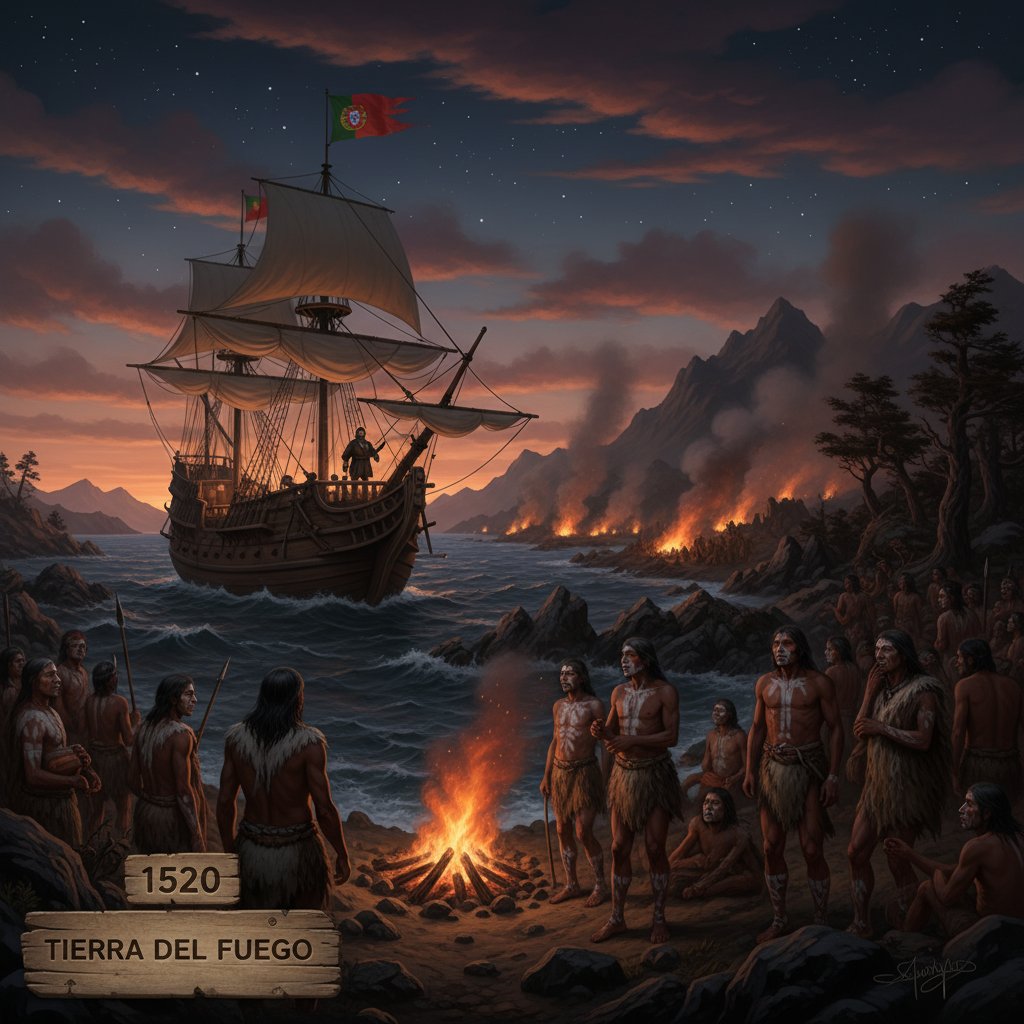
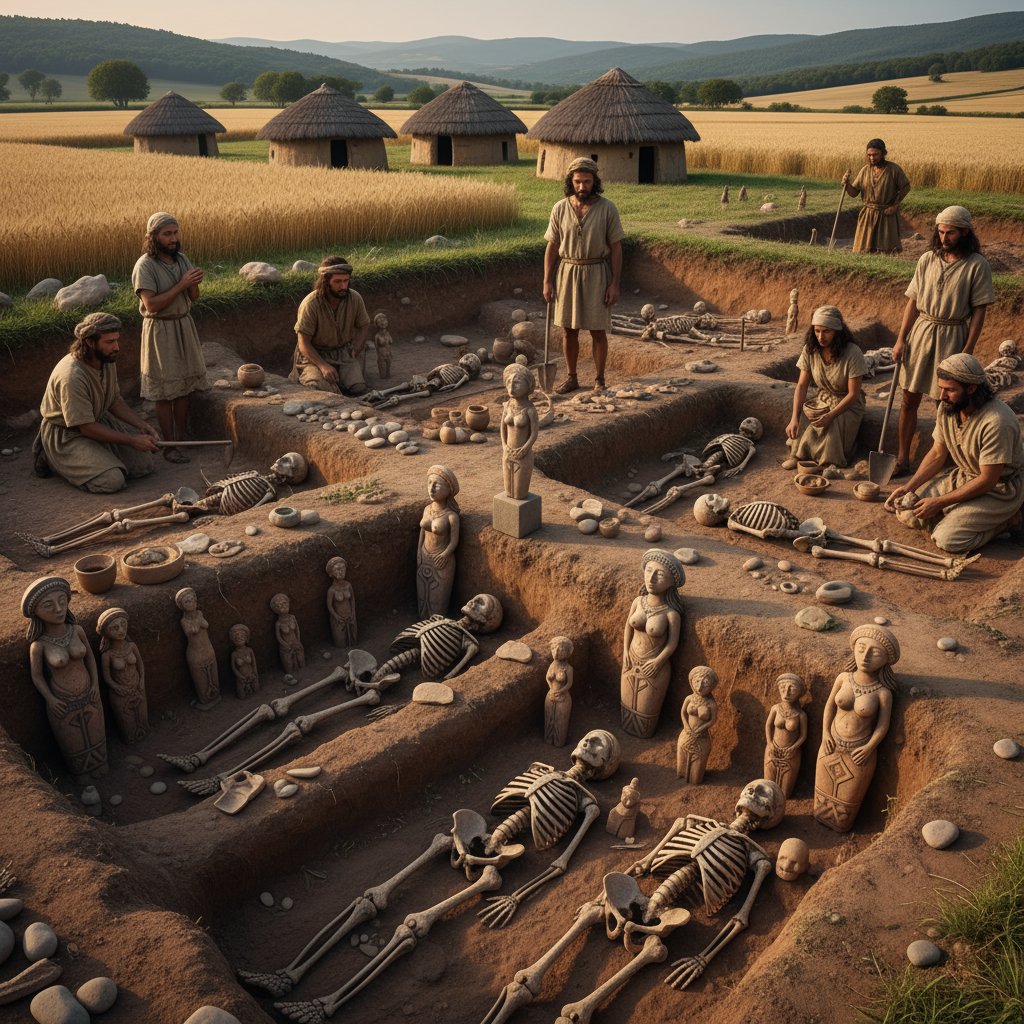
 2️⃣ Fast forward to 3000 BCE, the Bronze Age Steppe migrations changed everything. These male-heavy migrant groups (up to 14 men for every woman!) swept across Europe, bringing patriarchal Indo-European cultures. This massive male influx reshaped societies and sidelined earlier goddess-centric beliefs. Could migration be a key driver of social change?
2️⃣ Fast forward to 3000 BCE, the Bronze Age Steppe migrations changed everything. These male-heavy migrant groups (up to 14 men for every woman!) swept across Europe, bringing patriarchal Indo-European cultures. This massive male influx reshaped societies and sidelined earlier goddess-centric beliefs. Could migration be a key driver of social change?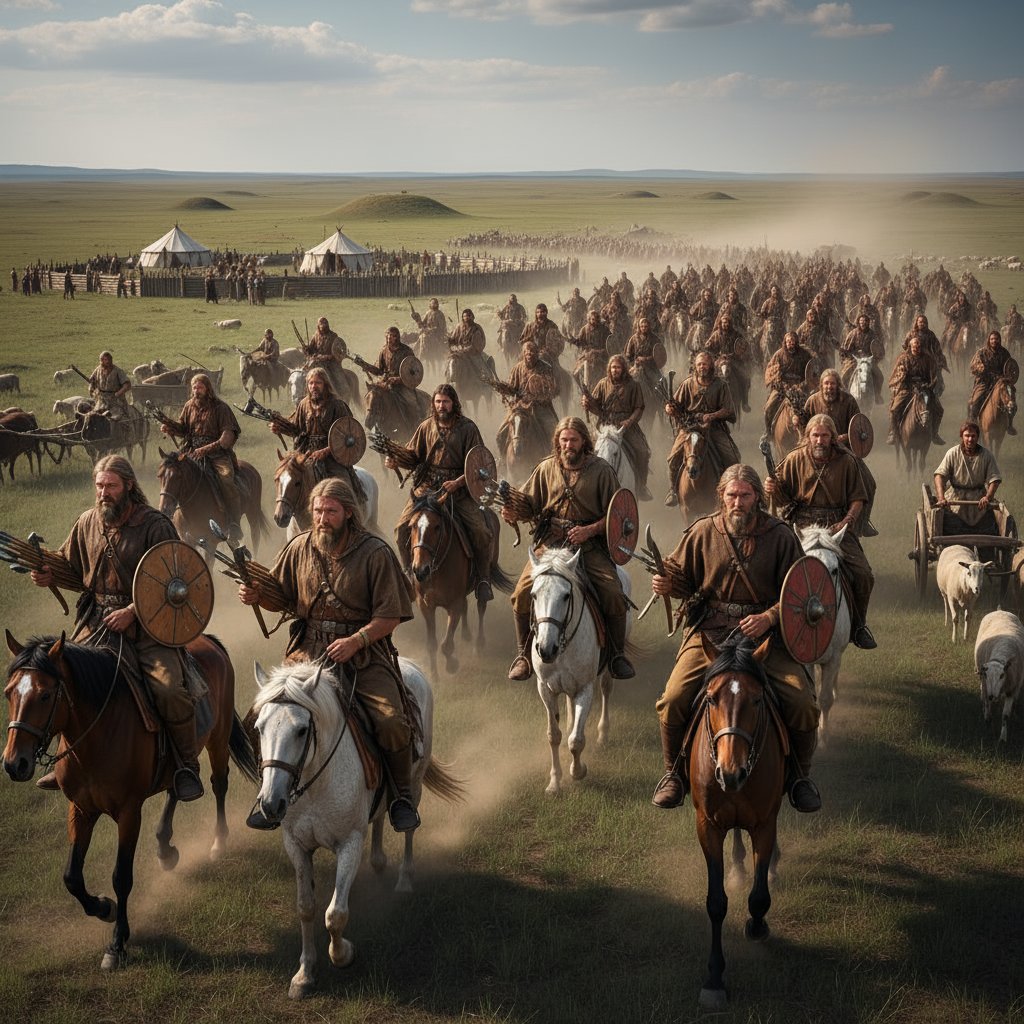
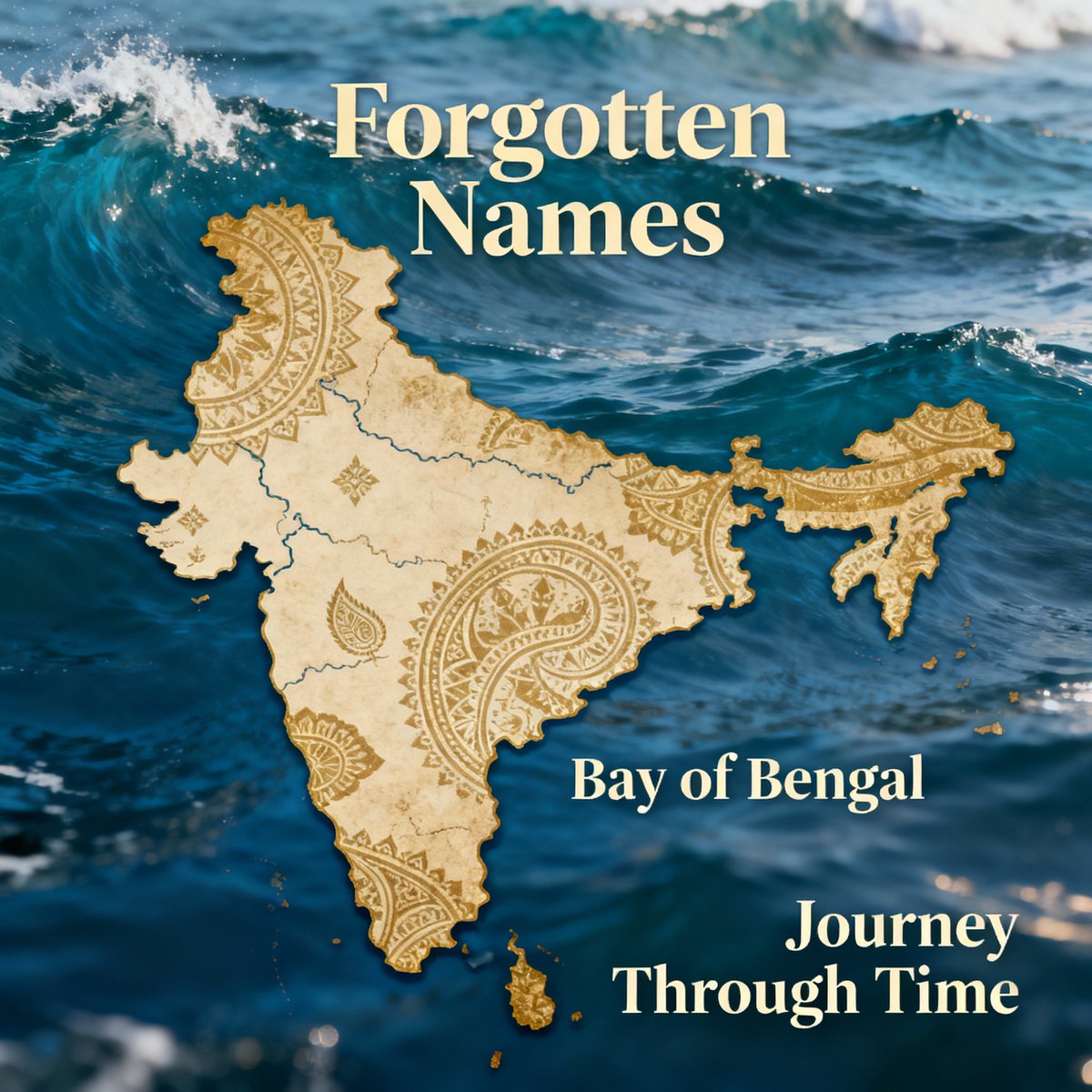
 @narendramodi @PMOIndia @mygovindia @IndicMeenakshi 2. 🗺️ In Vedic and classical Indian texts, this vast water body was called "Mahodadhi" (the great ocean), "Vangasagara" (Bengal Sea), and "Purvapayodhi" (Eastern Sea). These names reflect the immense cultural and maritime legacy of the eastern coast
@narendramodi @PMOIndia @mygovindia @IndicMeenakshi 2. 🗺️ In Vedic and classical Indian texts, this vast water body was called "Mahodadhi" (the great ocean), "Vangasagara" (Bengal Sea), and "Purvapayodhi" (Eastern Sea). These names reflect the immense cultural and maritime legacy of the eastern coast https://twitter.com/64098246/status/1968517894184300819
